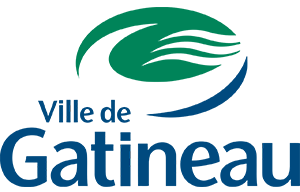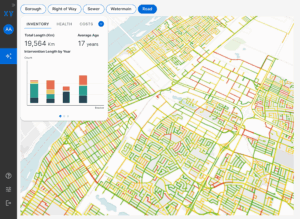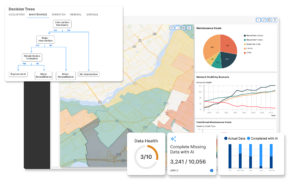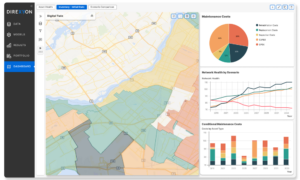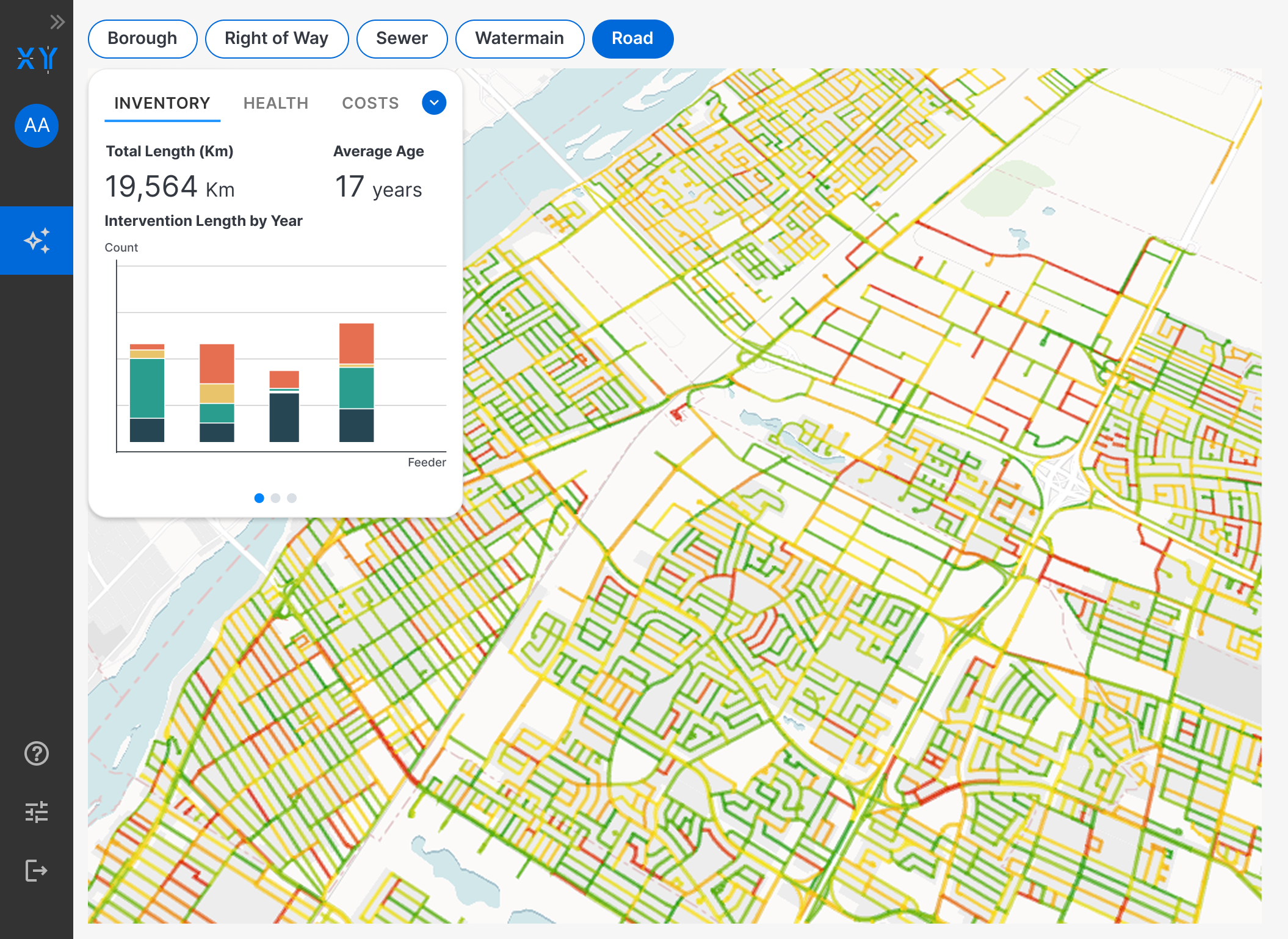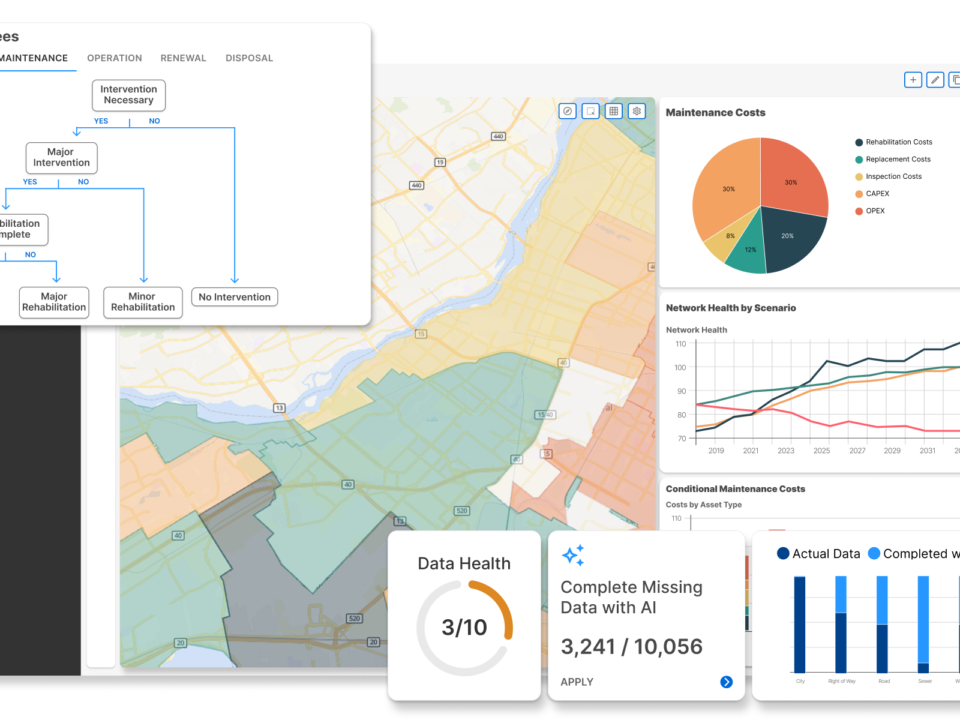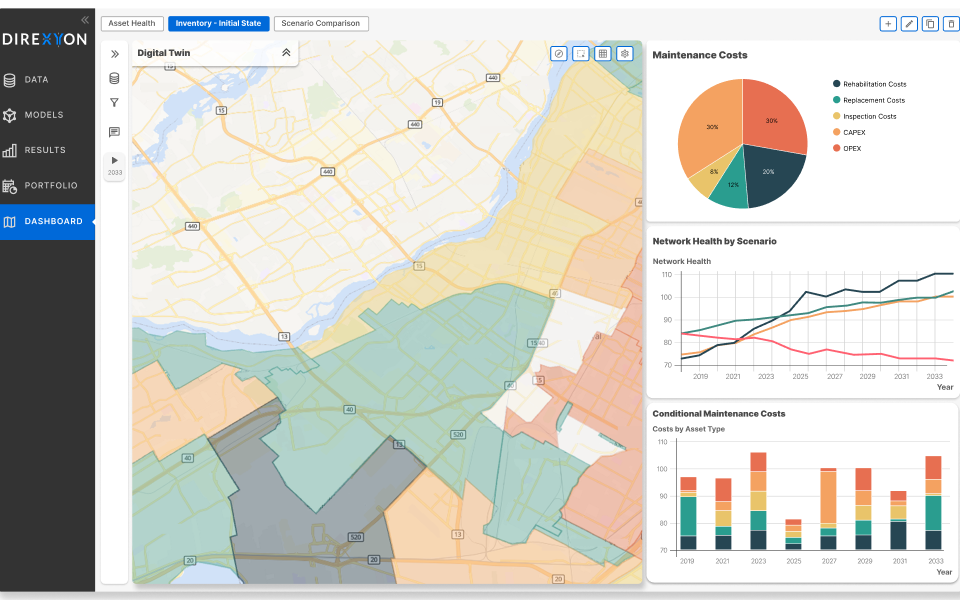
How scenario modeling helps navigate uncertainty
July 23, 2024
Decision Twin: A decision-making framework for asset management
August 5, 2024Accelerating asset management in local government
Local governments aim to provide essential services that enhance residents’ quality of life. Strong asset management practices play a crucial role in achieving this goal.
Public infrastructure assets such as roadways, potable water, and wastewater systems are vital for a functioning community. However, maintaining these assets is costly.
Every local government struggles with limited financial resources, staffing constraints, and changing service demands. But by strategically prioritizing efficient infrastructure investments, they can ensure the continued improvement in residents’ quality of life with predictable costs.
What is municipal asset management?
Municipal asset management is a structured approach to strategically determine cost-effective decisions long-term.
Local governments actively determine appropriate levels of service, what infrastructure assets are required to deliver that level of service, and the associated costs of providing these services.
By proactively forecasting the long-term goals, performance, risk, and associated costs, local governments can make informed capital investment decisions regarding their assets.
Core assets vs. non-core assets
Municipal asset management tends to be categorized into two main asset types: core assets and non-core assets.
Core assets are infrastructure that are critical for the basic functioning of a municipality.
Roads, bridges, storm water, wastewater, and water treatment are all examples of core assets.
Non-core assets are services that are unique to each municipality. These assets are essential for enhancing community well-being, but their presence and extent vary widely between different municipalities.
Libraries, recreation facilities, transit services, municipal fleets, and emergency services all fall into the category of non-core assets.
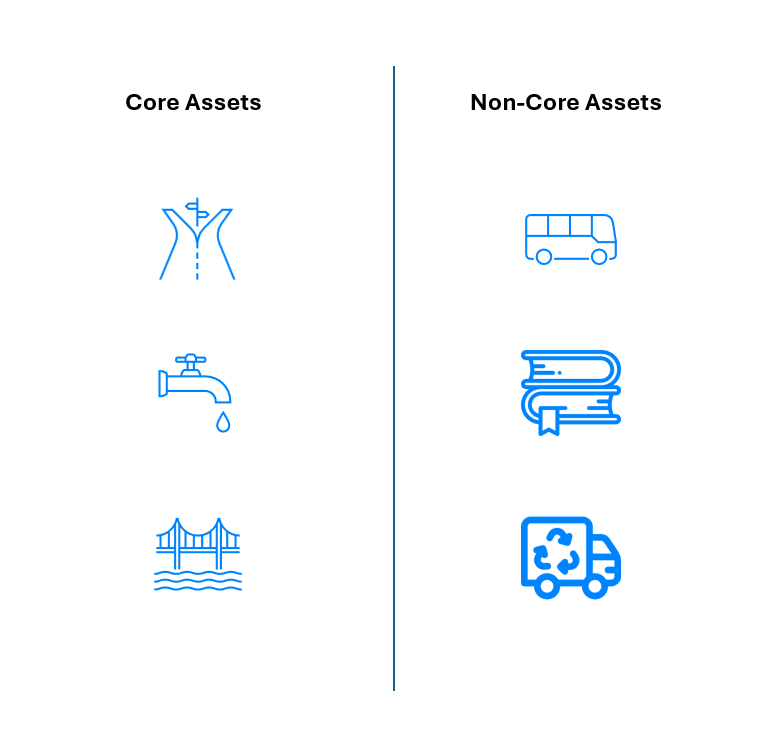
Municipal asset management challenges
Despite the importance of municipal infrastructure, many local governments are facing “infrastructure deficits.”
An infrastructure deficit is the cost required to bring assets up to a state of “good” repair.
According to the International Institute for Sustainable Development, the infrastructure deficit in Canada is between $150 billion and $1 trillion.
Identifying strategic investment opportunities using asset management principles could help mitigate these infrastructure deficits. However, despite some municipalities making progress, local governments often encounter common challenges when attempting to adopt effective municipal asset management practices.
Financial resources
Inflation and high interest rates have had a dramatic impact on local governments’ financial plans.
Capital and operational budgets that could achieve a certain level of service five years ago may no longer be adequate.
Complicating the matter, Canadian municipalities are extremely limited in their ability to raise money. Property taxes, revenues from fees and licensing, intergovernmental grants, and long-term borrowing are the only mechanisms to raise revenue and re-invest it in their community.
As a result, local governments not only struggle to secure capital for repairing critical public infrastructure but also face challenges in funding essential initiatives such as hiring asset managers and training staff members. These financial constraints hinder their ability to implement comprehensive asset management strategies needed to ensure the sustainability and resilience of their infrastructure assets.
Data availability
Municipal asset managers rely on data to identify when and which assets need to be maintained, repaired, and replaced.
Collecting comprehensive asset data involves extensive surveys, inspections, and assessments across various infrastructure components such as roads, bridges, and water systems. This process is not only complex but also expensive, requiring significant financial investment in personnel, equipment, and logistical support.
Additionally, adopting modern technologies like Geographic Information Systems (GIS) and asset management software can streamline data collection but necessitates further investment in infrastructure, training, and ongoing maintenance.
Any municipality who isn’t already digitally mature faces significantly more hurdles to establishing good asset management practices.
Emerging risks
Even municipalities with established and successful asset management programs must contend with unprecedented uncertainty.
Municipal infrastructure like water management and transportation systems are extremely vulnerable to climate change. With more frequent and severe weather events, assets degrade faster and bring a higher risk of failure.
Integrating climate change adaptation into municipal asset management plans poses a significant challenge due to the evolving and unpredictable nature of climate risks.
Accurately predicting the extent and impact of climate change on infrastructure is difficult, as it involves accounting for various factors such as rising temperatures, increased precipitation, and more intense storms. This uncertainty complicates the process of assessing future risks and determining appropriate adaptation measures.
Furthermore, municipalities must develop flexible and resilient strategies that can accommodate changing climate conditions over time. This requires not only substantial investment in new technologies and infrastructure upgrades but also continuous monitoring and adjustment of asset management practices. Ensuring that these plans are robust enough to handle future climate scenarios while remaining cost-effective and practical is a complex and ongoing challenge for local governments.
How to accelerate municipal asset management capabilities
A mature asset management practice allows municipalities to optimize resource allocation, extend the lifespan of infrastructure, improve service delivery, and be better prepared for any future challenges.
And though the benefits are significant, the challenges of implementing and maintaining effective asset management practices can be considerable.
Fortunately, there is asset management software specifically designed to address these challenges faced by municipalities.
Enterprise Asset Management (EAM), Asset Performance Management (APM), and Asset Investment Planning (AIP) solutions can each enhance the efficiency, effectiveness, and scalability of municipal asset management at operational, tactical, and strategic levels.
Enterprise Asset Management (EAM) in municipalities
Enterprise Asset Management (EAM) software helps municipalities evolve their inventory and maintenance activities.
An EAM, like IBM Maximo, monitors how assets are performing on the day-to-day. These systems collect performance data and help predict potential failures. By predicting potential failures, municipalities can schedule upkeep on their most at-risk assets, improving the overall reliability overtime.
Asset Performance Management (APM) in municipalities
Asset Performance Management (APM) software collects and continuously analyzes asset data to assess their current condition and future performance.
These systems utilize advanced analytics to identify inefficiencies and predict failures in the medium, or month-to-month basis. By proactively addressing these issues, municipalities can enhance the operational lifespan of their assets and ensure more reliable service delivery over time.
Asset Investment Planning (AIP) in municipalities
Asset Investment Planning (AIP) software, like Direxyon, optimize not only asset performance but the investments ensuring reliable service requires.
By combining data from a variety of sources, which can include Enterprise Asset Management data, Asset Performance Management data, and financial data, and digitizing internal decision-making practices, Asset Investment Planning simulates the entire organization’s performance over the next 10, 25, 50, or 100 years.
Seeing how certain decisions or strategic priorities impact both asset and financial performance long-term via the simulation results, municipalities can test alternative investment scenarios to discover more efficient ways to achieve their strategic goals.
For example, a municipality facing aging water infrastructure whose maintenance costs are steadily increasing might use AIP software to simulate different investment strategies. By inputting data from their EAM and budget projections, the municipality can use the AIP to compare investment scenarios.
Investment scenario 1: Deferred maintenance
The simulation might show the consequences of deferring maintenance on water mains and pipes, revealing increased failure rates and emergency repair costs over time. This would highlight the risk and higher long-term expenses associated with postponing necessary upkeep.
Investment scenario 2: Comprehensive overhaul
The simulation results could demonstrate that adopting an extremely aggressive investment strategy to replace all aging infrastructure within the next 10 years. The upfront costs would clearly show the upfront financial burden of this strategy, but it would equally demonstrate the long-term benefits in terms of reliability.
Investment scenario 3: Prioritizing rehabilitations
Because the upfront cost of a complete overhaul is unfeasible, the municipality could also test a scenario where they only replace the oldest and most at risk water infrastructure assets. Other critical segments could see their service life and functionality improved by rehabilitating the assets rather than replacing them outright.
In this scenario, not only does the municipality reduce risk and maintain its service level objectives, it also stays within budget constraints.
Creating strategic municipal asset management plans with Asset Investment Planning
While adopting Enterprise Asset Management (EAM) and Asset Performance Management (APM) systems are incredibly useful for accelerating the data maturity of municipalities, Asset Investment Planning software generates the long-term financial and asset performance insight that form the basis of strategic asset management plans.
When using an AIP to generate long-term insight, municipalities can evaluate multiple investment scenarios faster, optimize resource allocation, enhance decision-making, and improve service delivery even as new risks emerge. And with Direxyon’s machine learning capabilities, any gaps in data can be filled in.
With over a decade of experience supporting municipalities, Direxyon offers turnkey solutions and network of partners to accelerate strategic asset management in municipalities of any size.
To find out how Direxyon can accelerate your municipal asset management programs, get in touch with us today.




